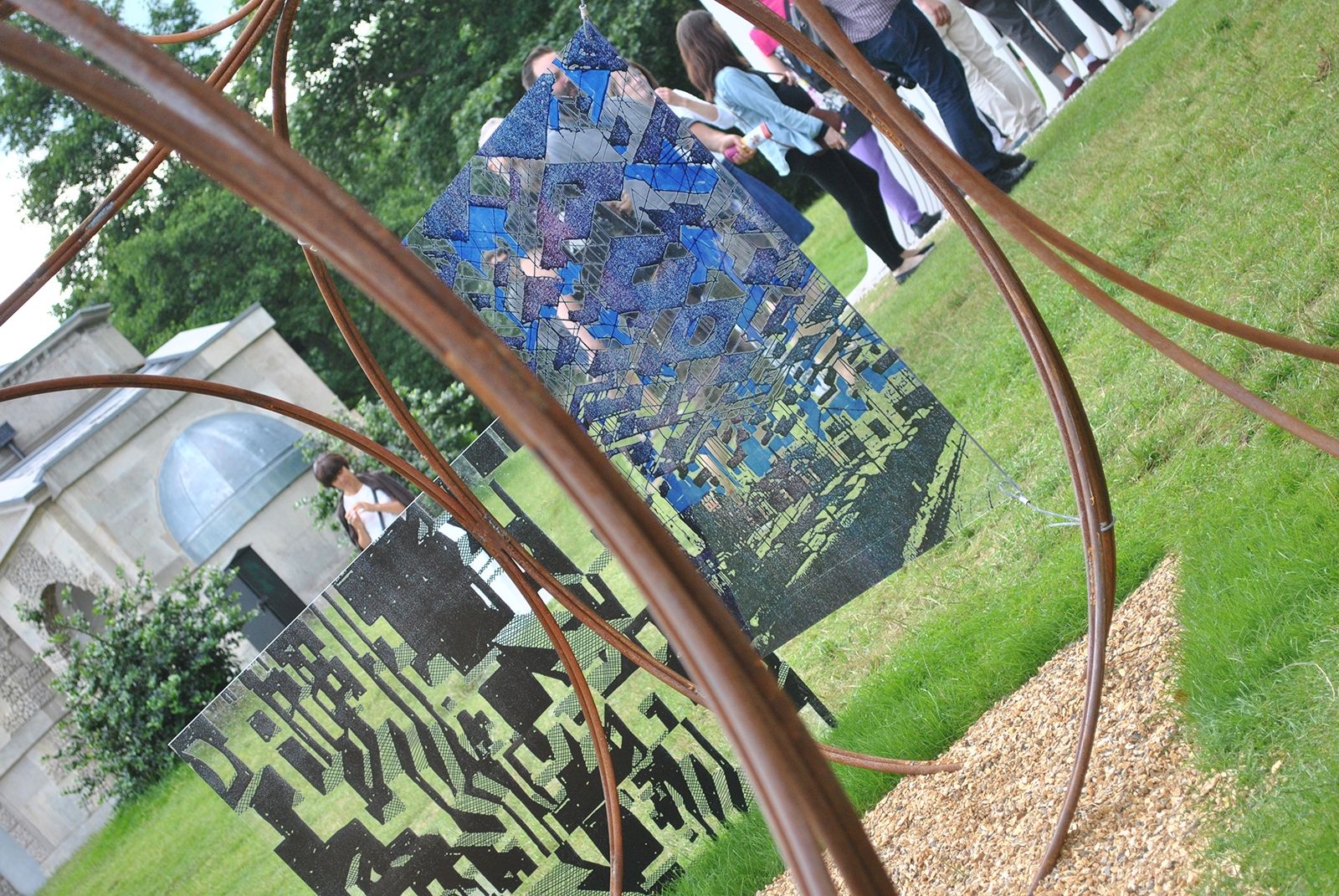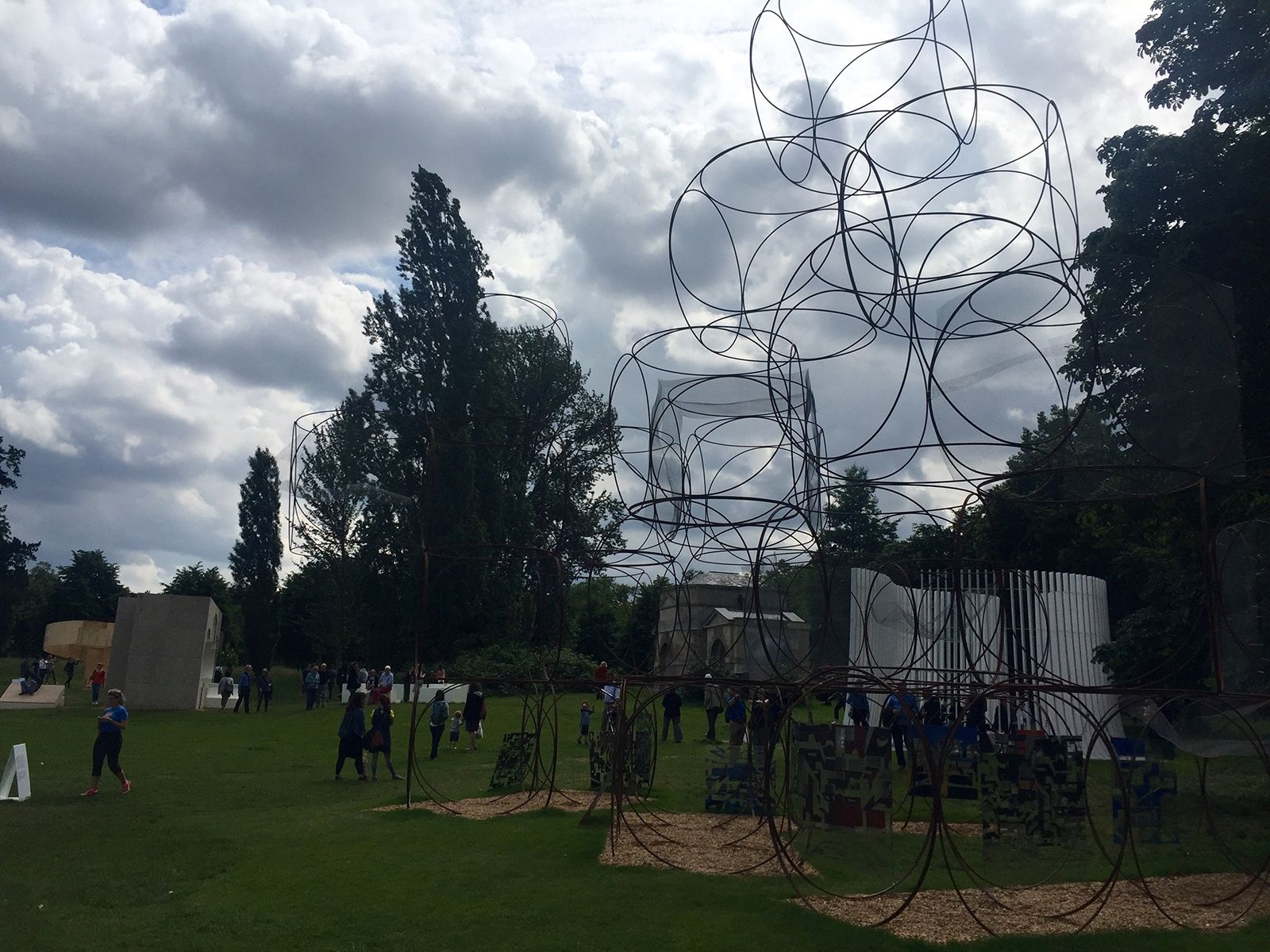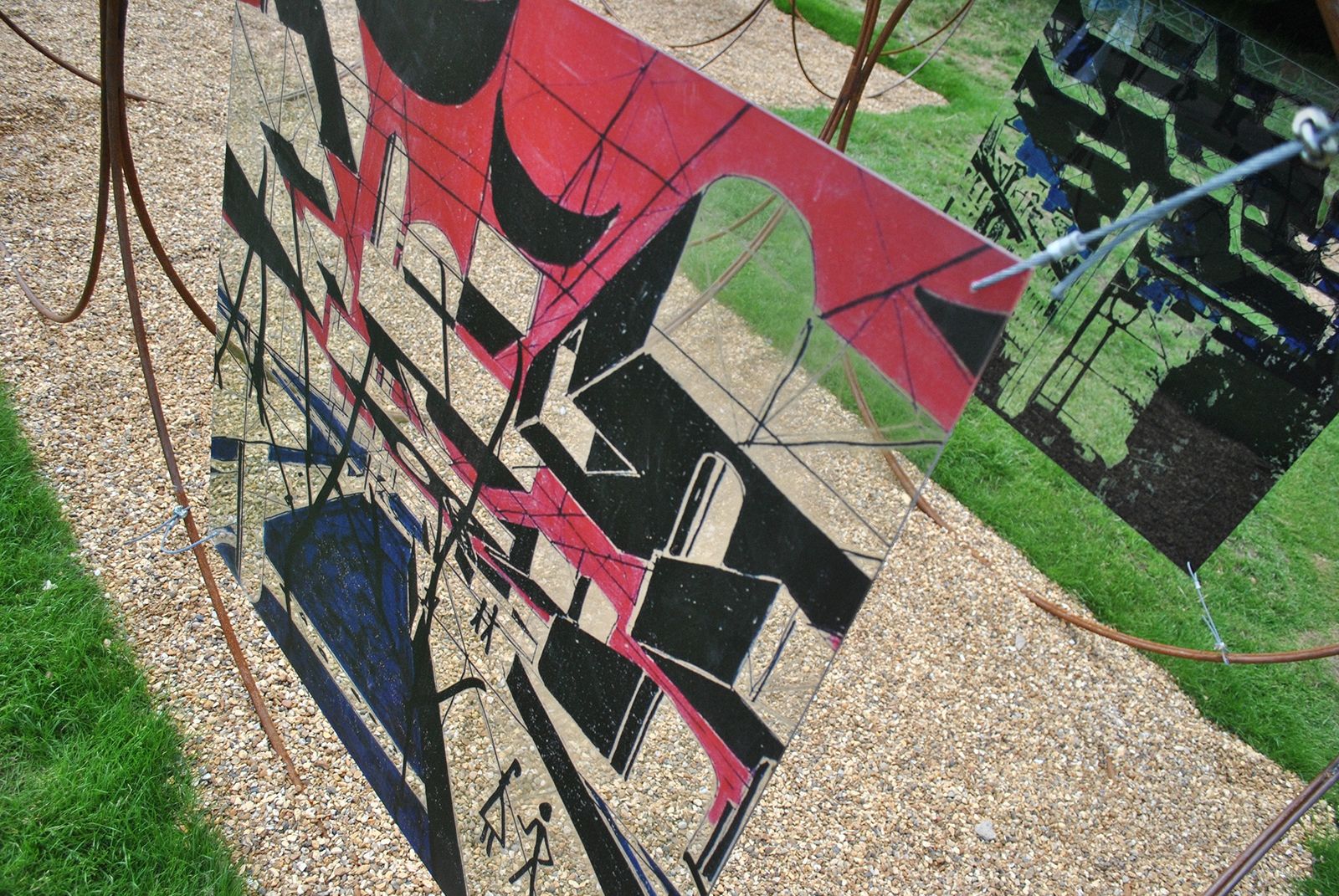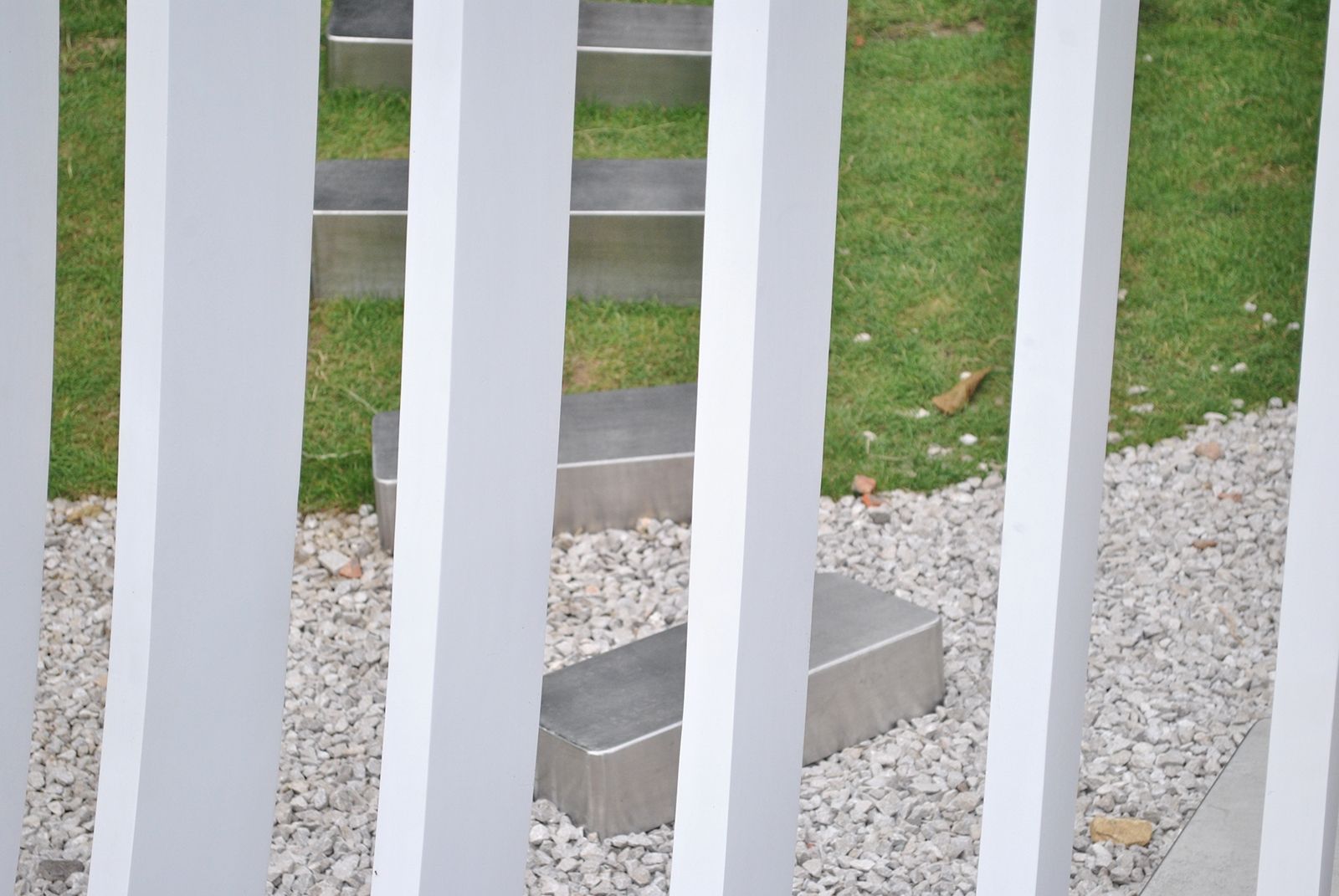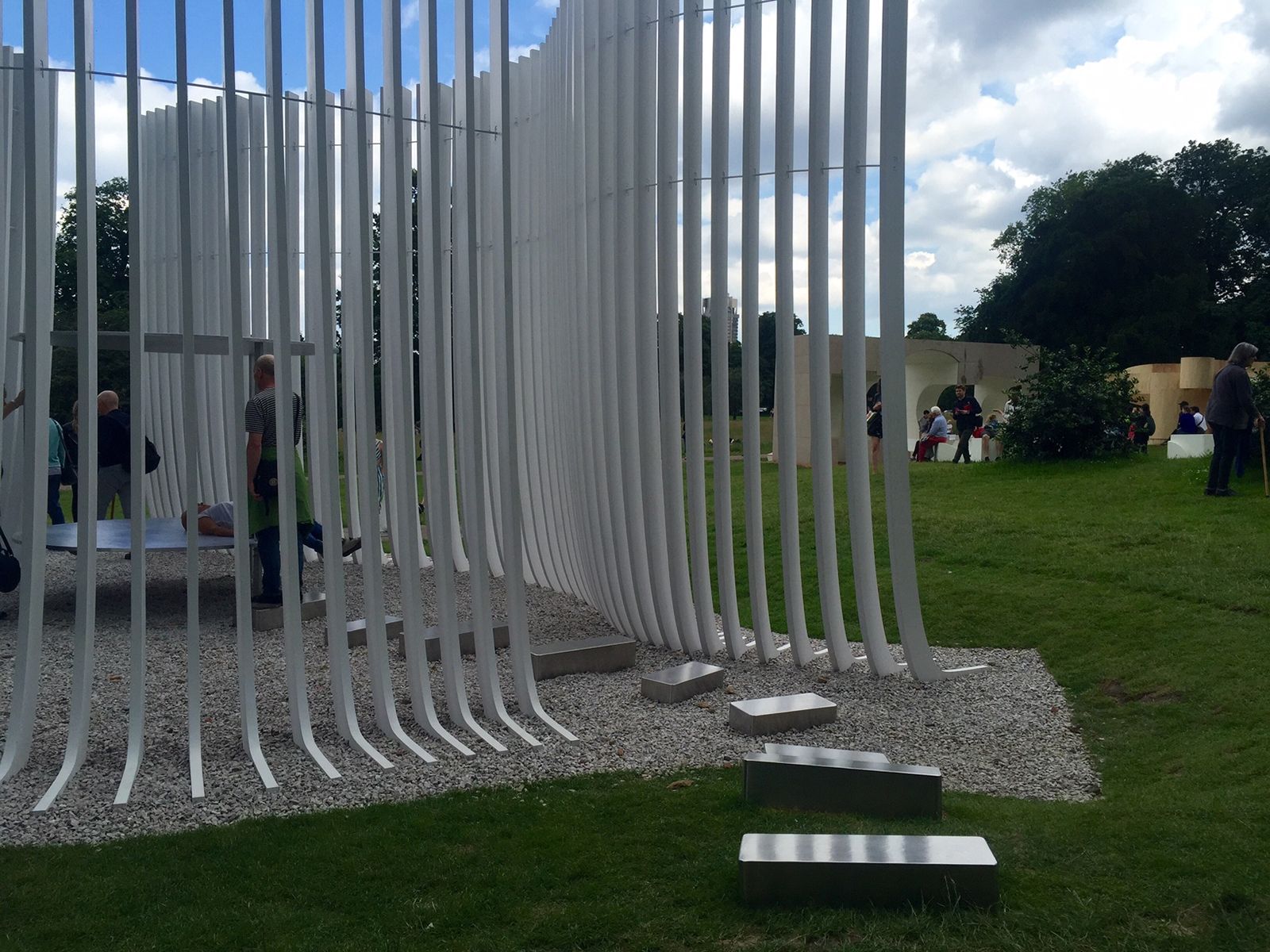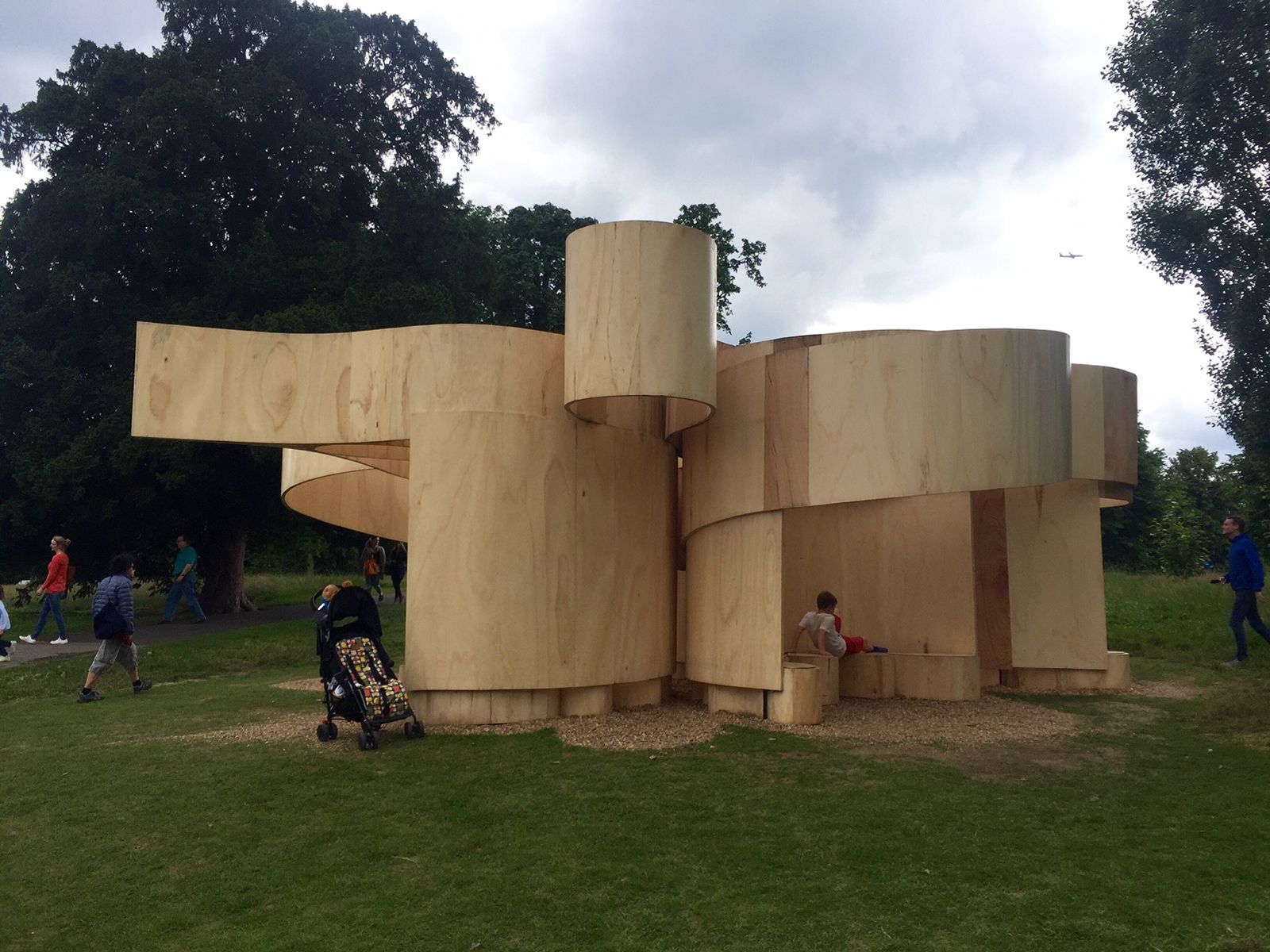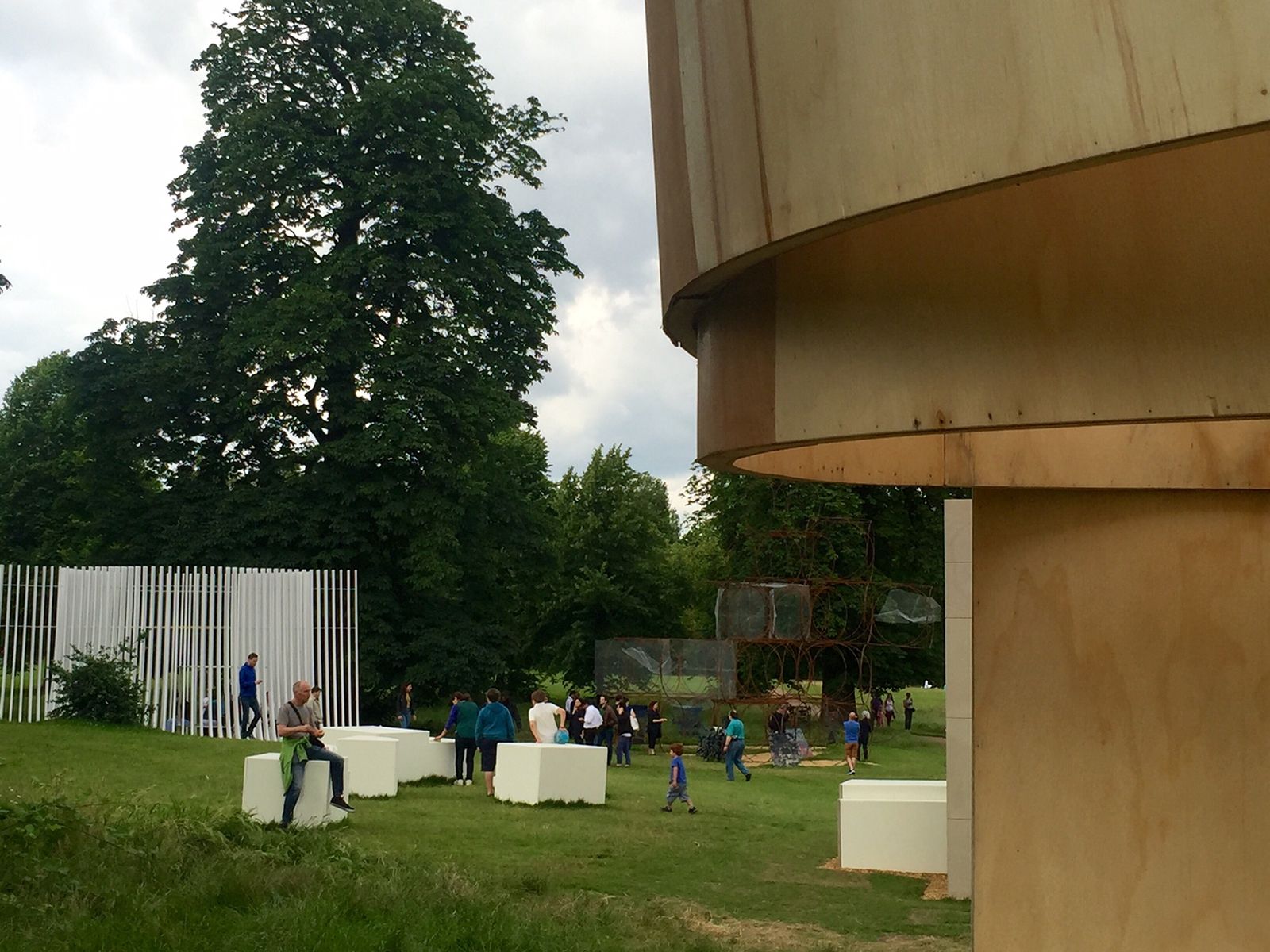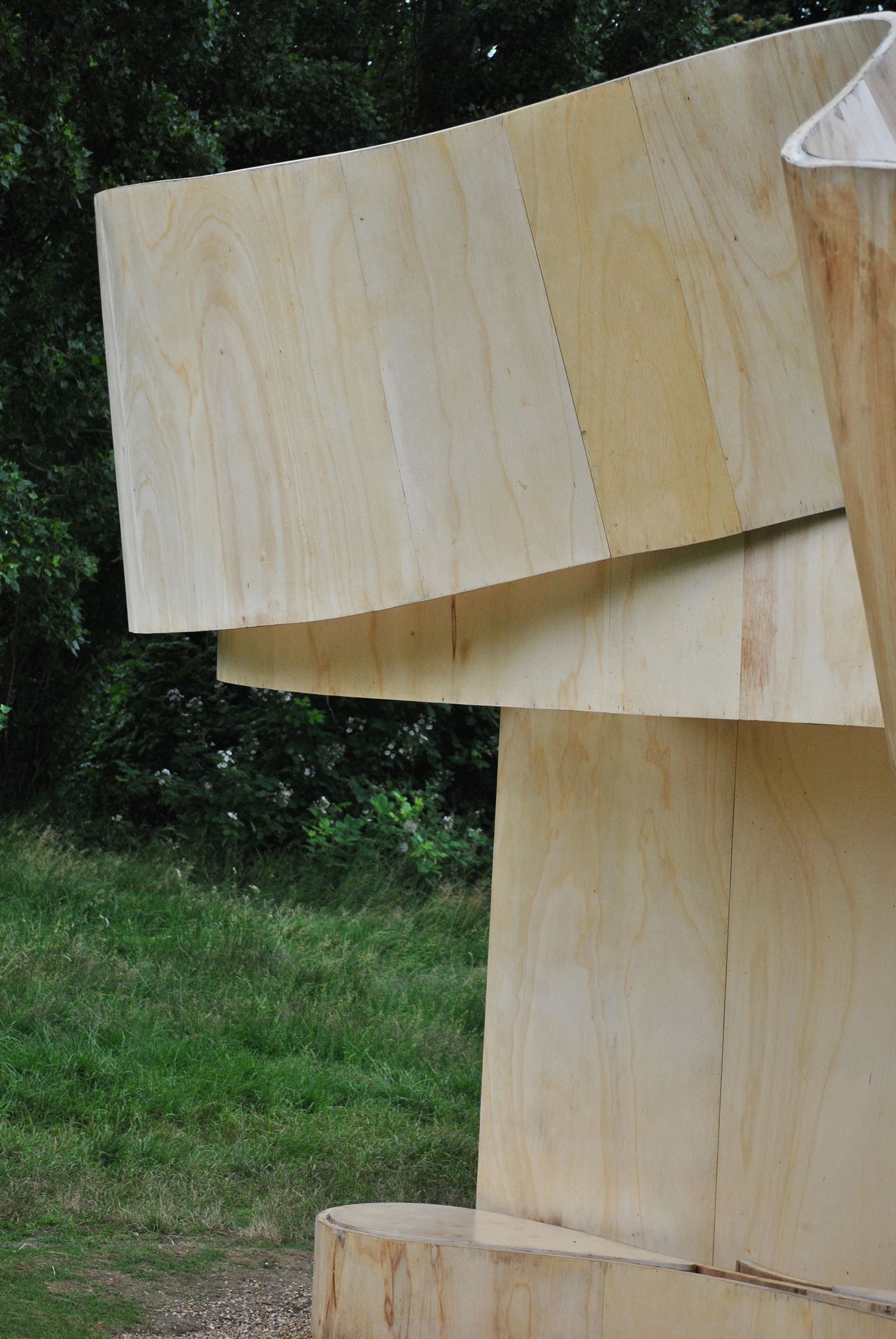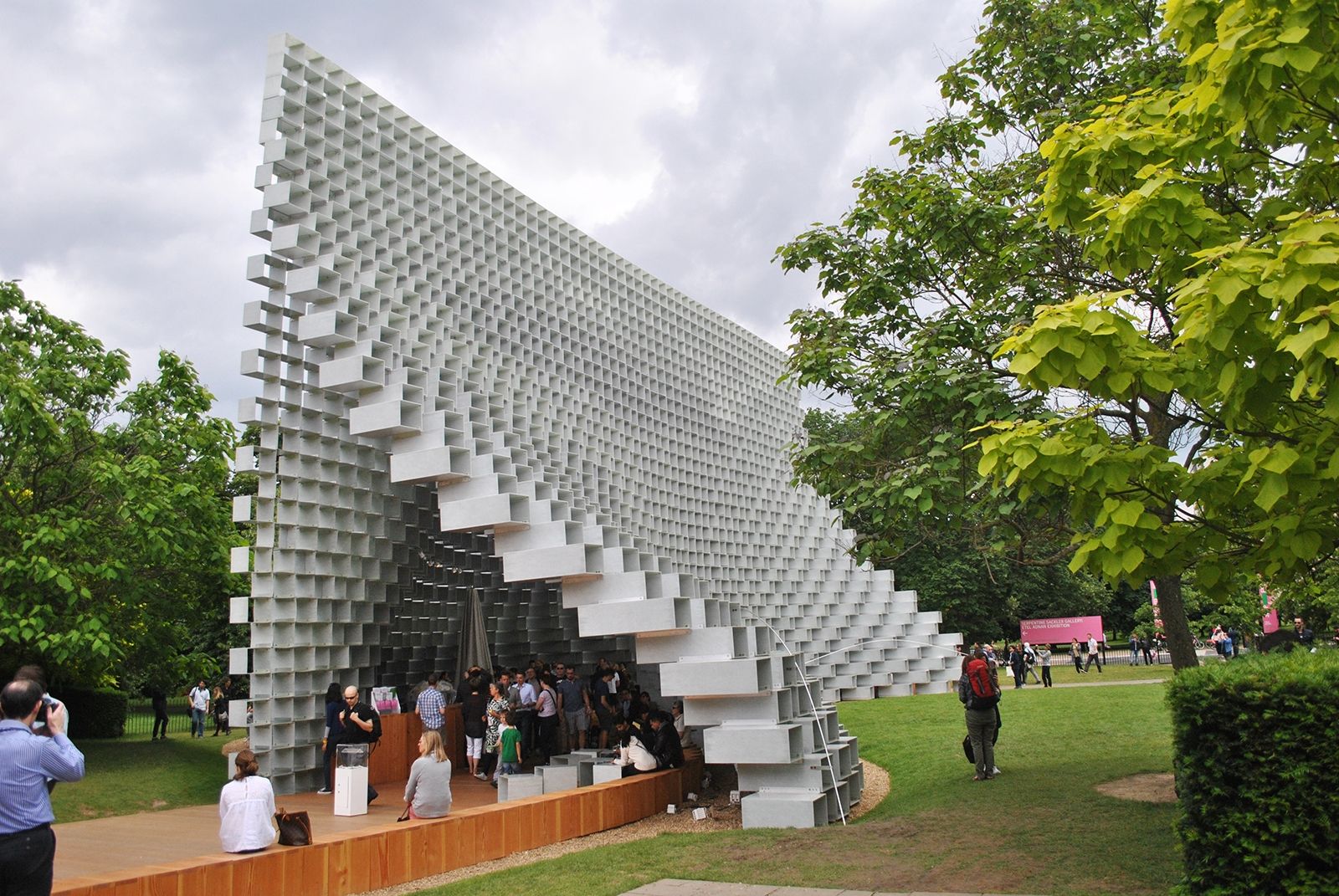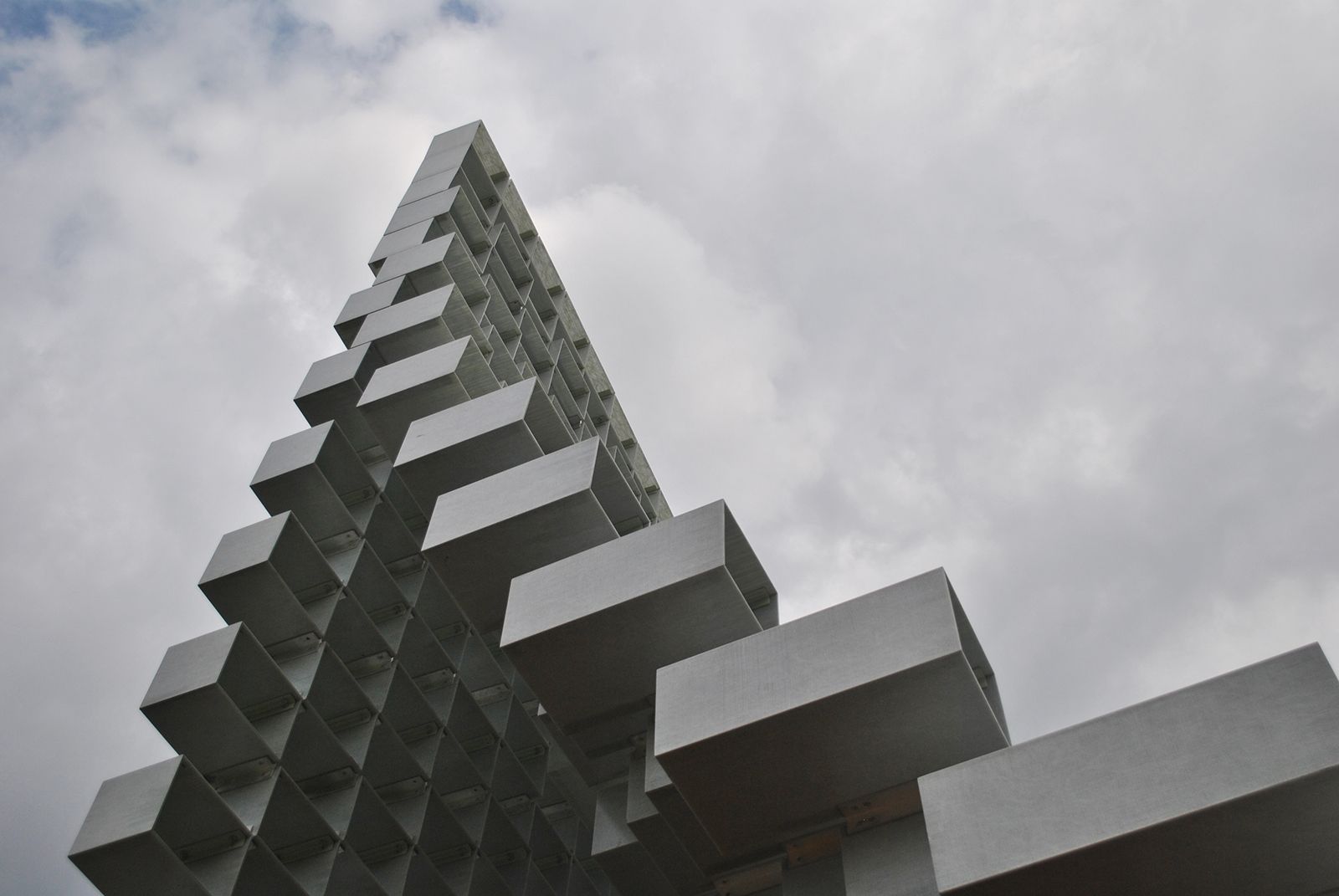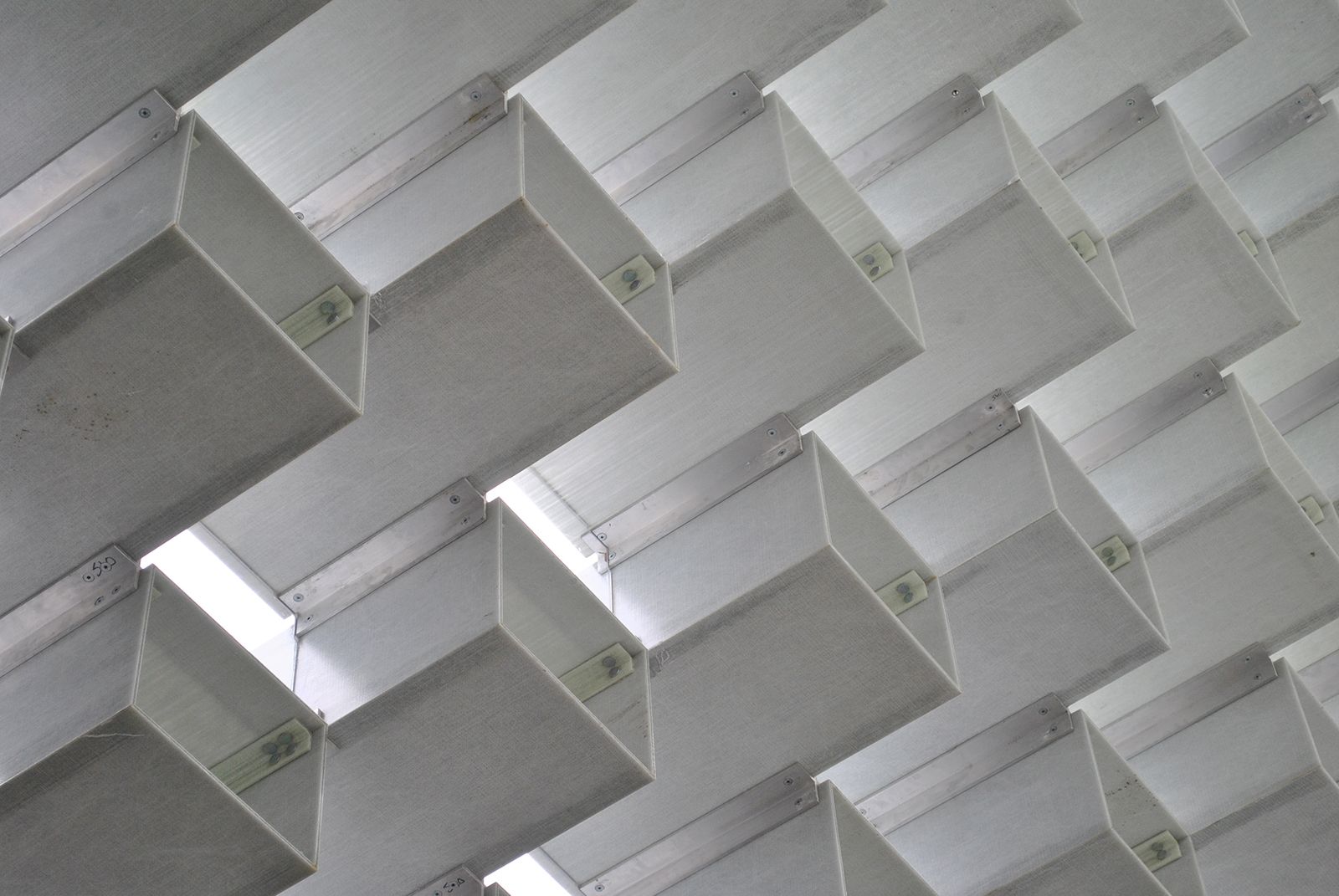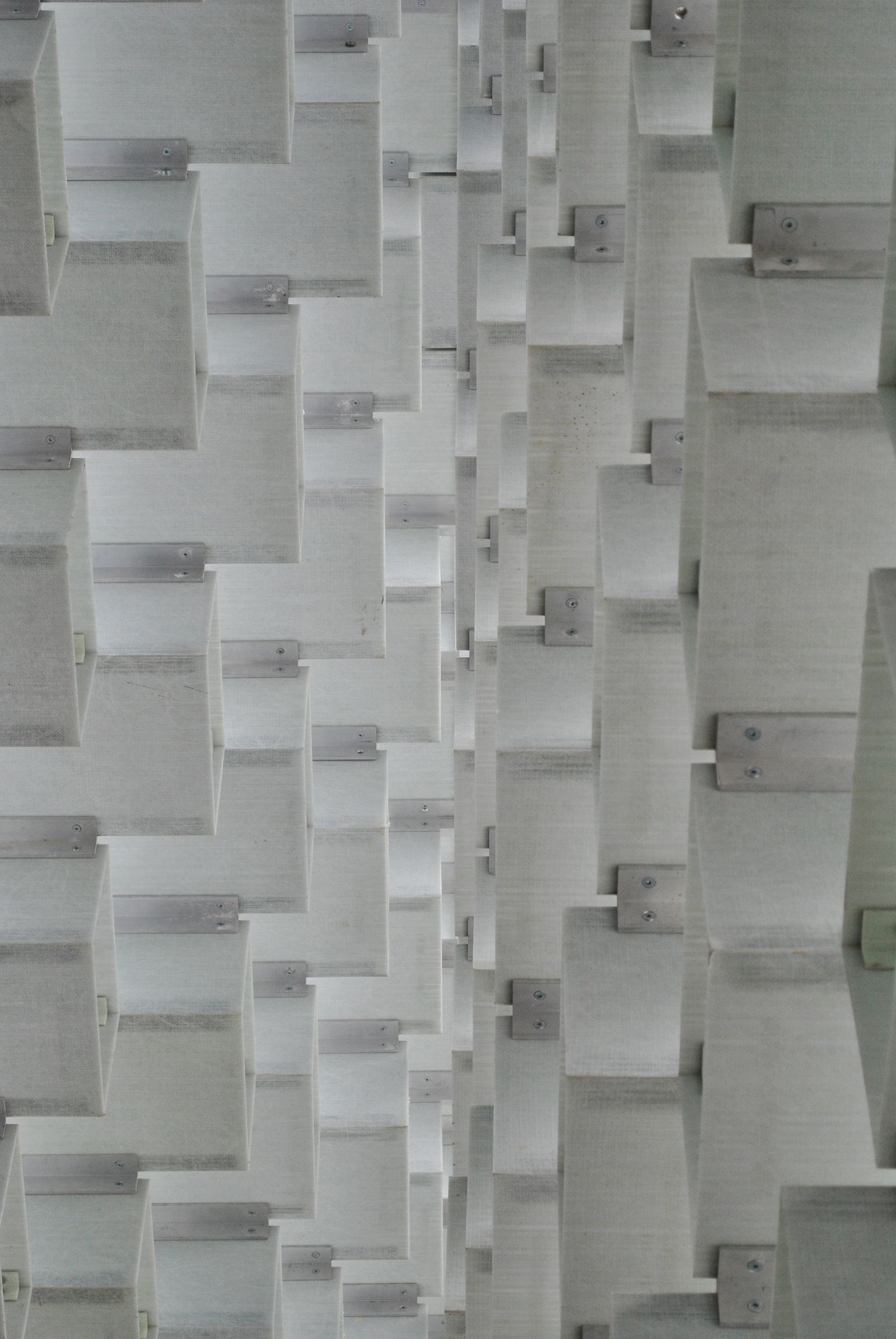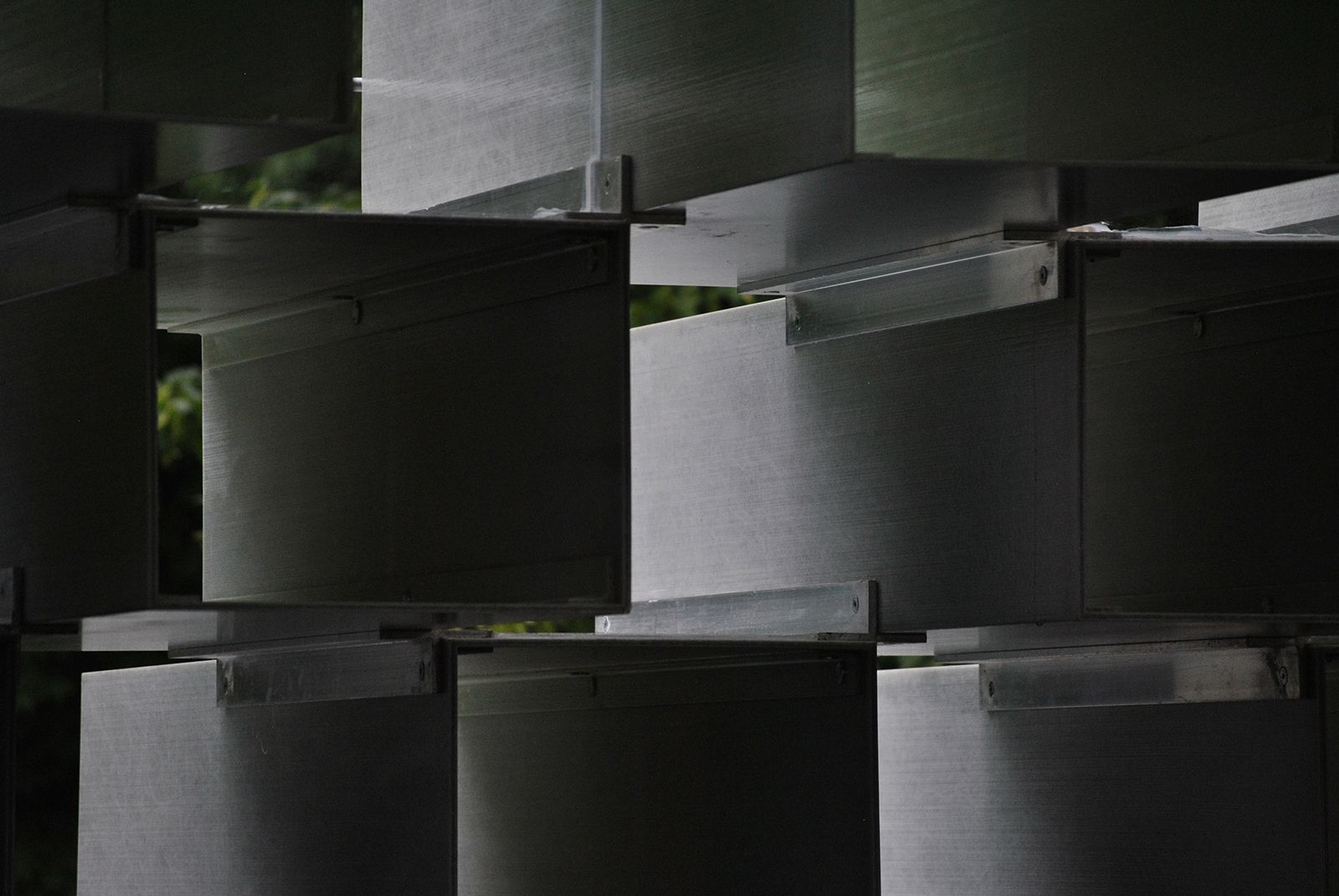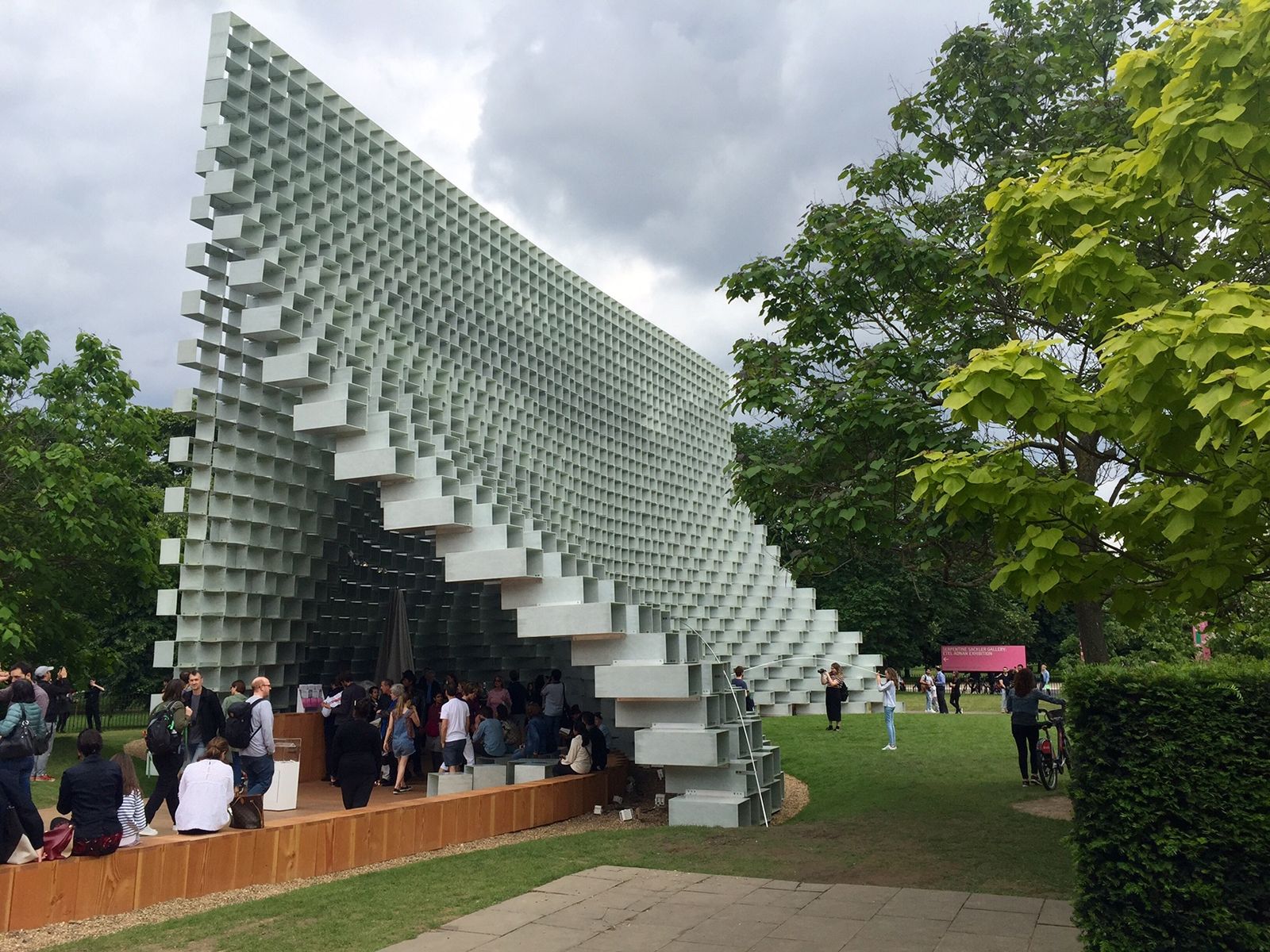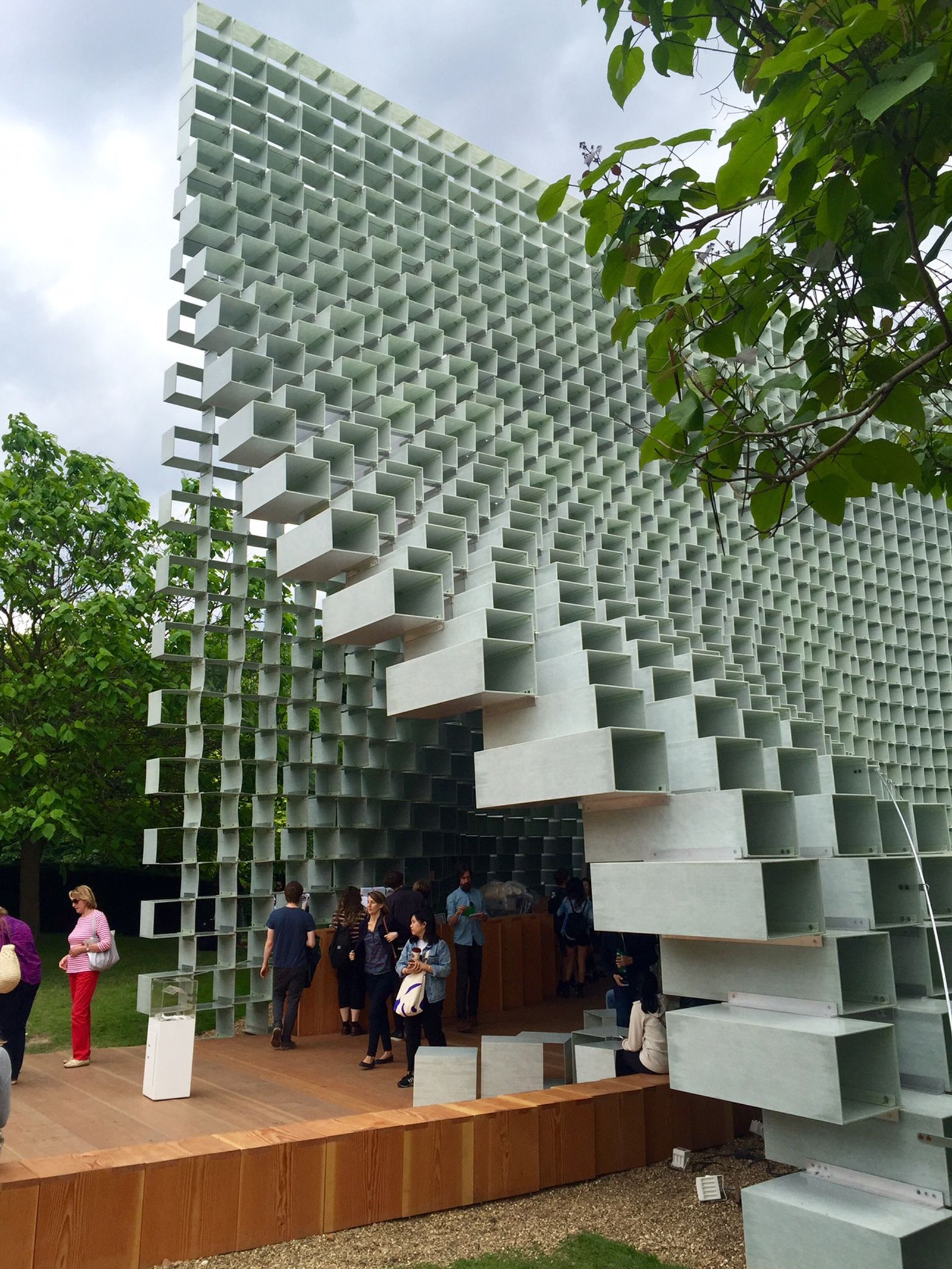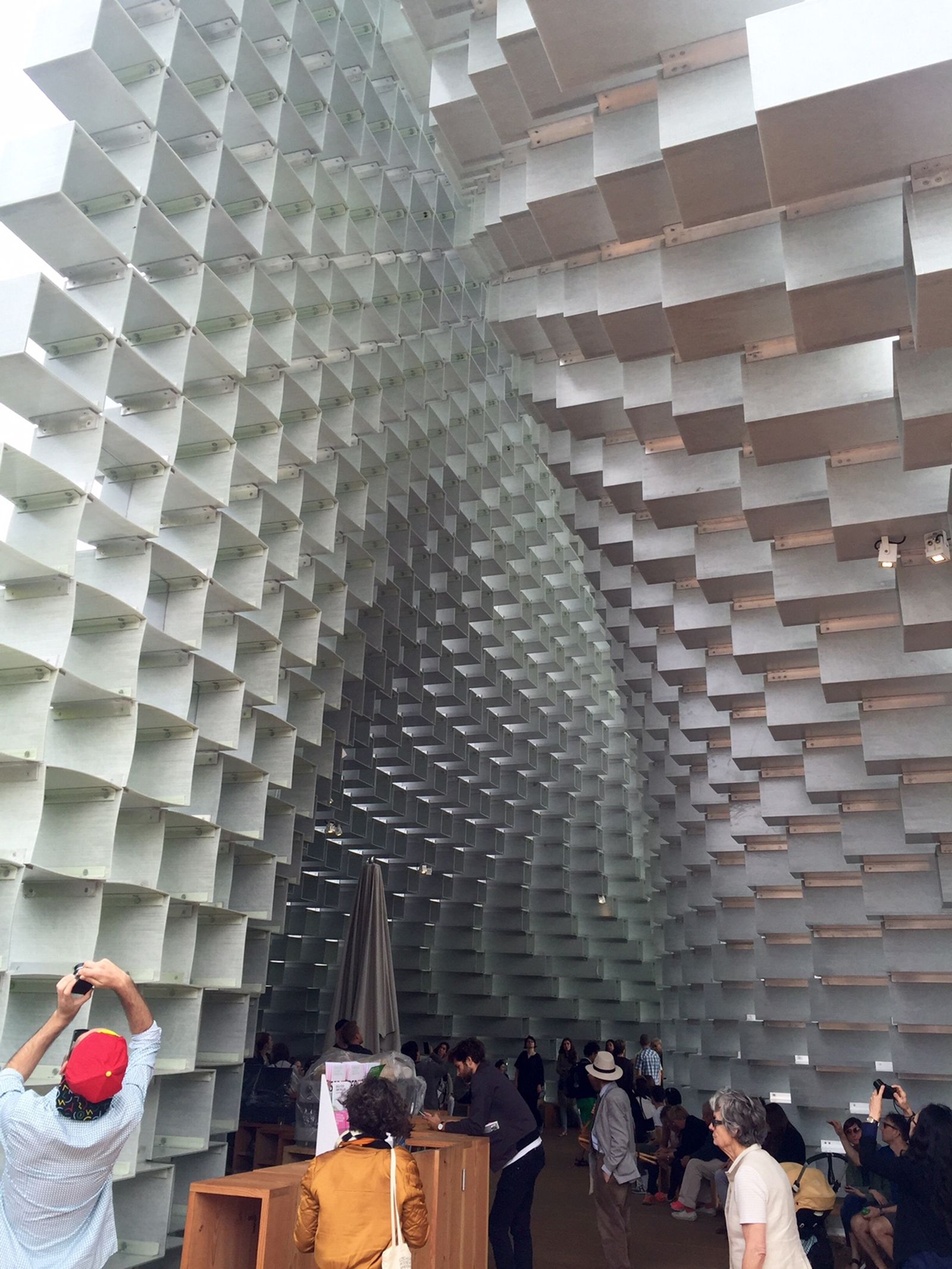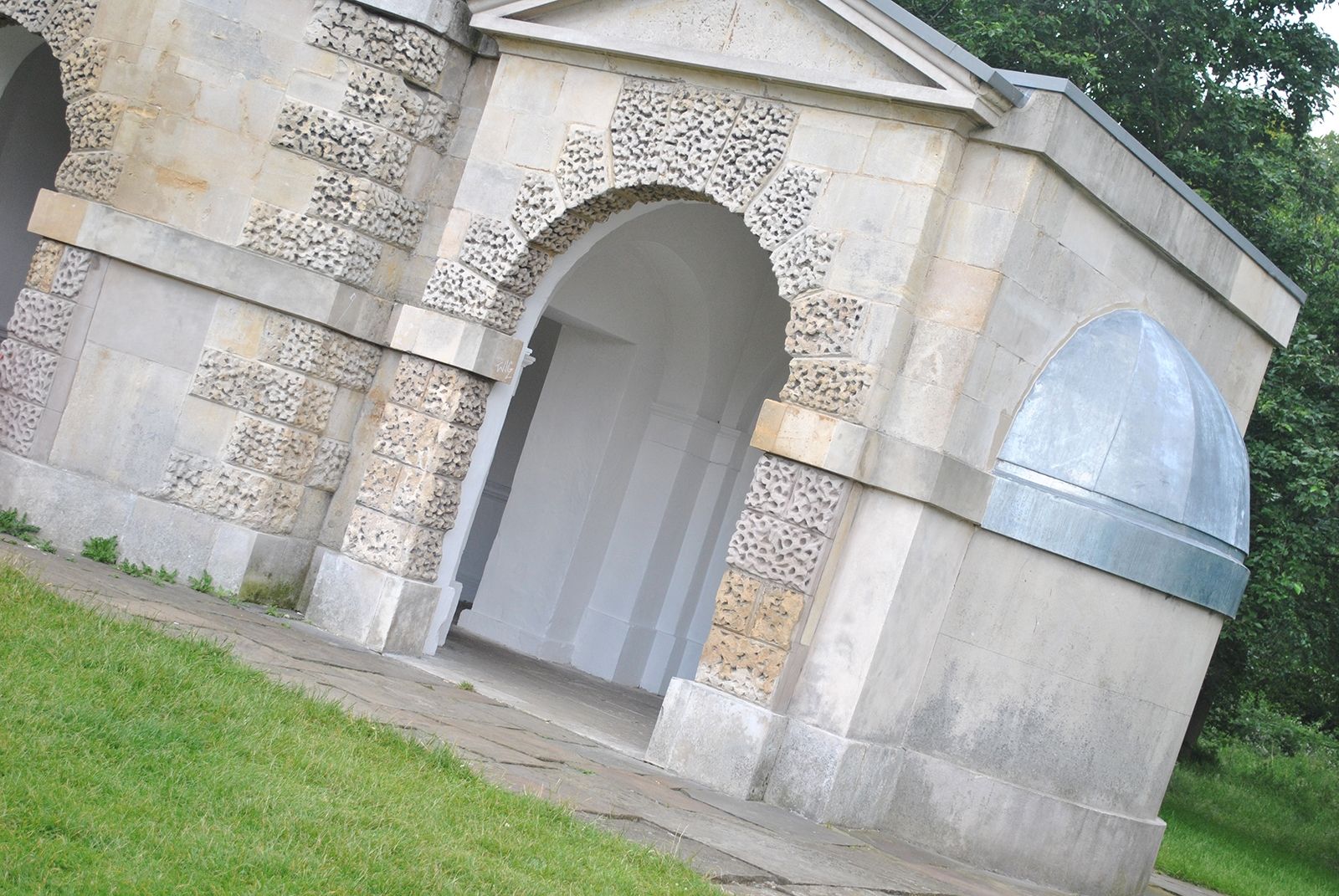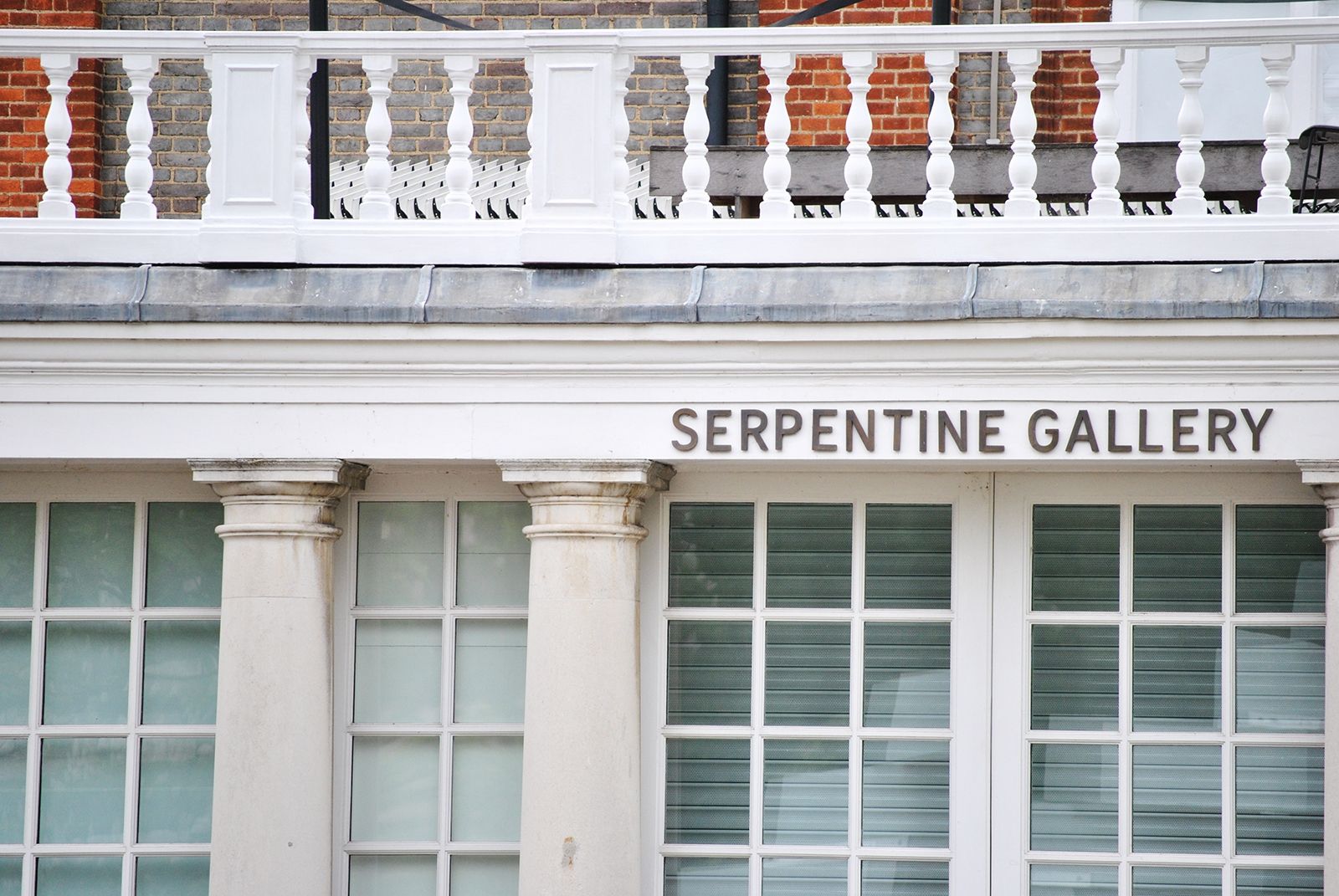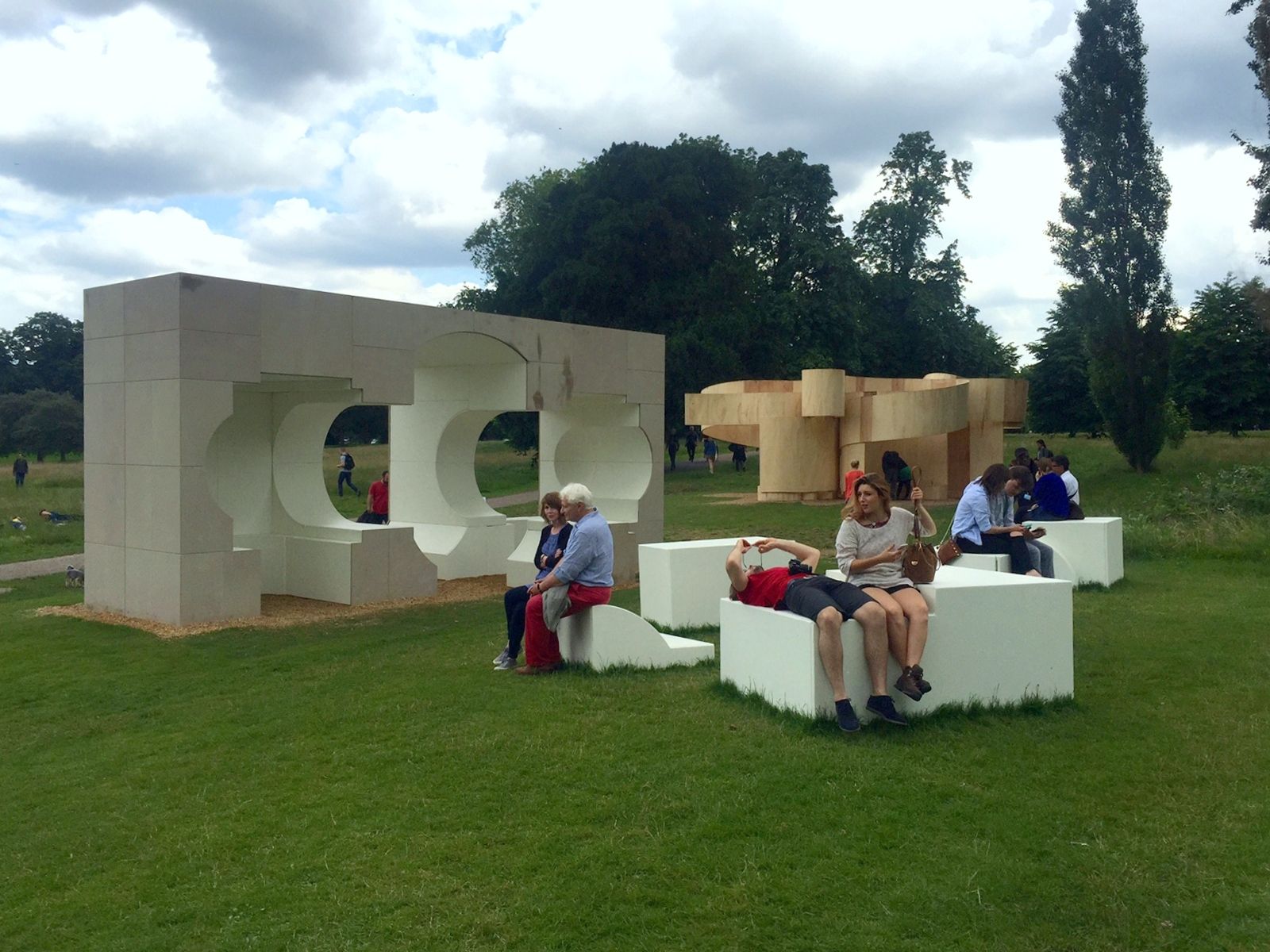
Hello London #10 - Serpentine Pavilion and Summer Houses Summer escapism for Londoners
For those who'll have to spend their summer in London, this might be a good time to rediscover the pleasure of suavely drinking wine in the park – even better if the atmosphere is that of the beautiful Kensington Gardens, and if you can do it in the new surreal Serpentine Gallery's Pavilion.
Conceived in 2000 by the gallery's director, Julia Peyton-Jones, for sixteen years the Serpentine Pavilion has been considered as an unmissable event of London summer by architecture and design enthusiasts alike. Over the years, architects and artists among the most prominent have been challenged to create pavilions with unexpected, original shapes, from Herzog & De Meuron, who collaborated with Ai Weiwei to design a space spreading below the ground level to the pavilion-pathway made out of ethylene multicoloured panels by José Selgas and Lucía Cano. Commissioned and built within six months only, and on a very limited budget, the project stands as a real challenge for the artists involved, actually leading them to think outside the box.
This year it was the turn of Danish architect Bjarke Ingles, who started from the most basic of all concepts in architecture, that of the brick, and totally transformed it, turning it into something light, almost intangible. The structure is thus presented as an undulating wall that resembles a cascade of ice cubes and 'unzips' revealing a bar and two rows of wooden seats. A fresh and very pleasant place that, seen from the inside, is even more extraordinary, as it provide us with a new perspective of the Serpentine Gallery.
The real innovation of this year, though, is the addition of a complementary project. For the first time, in addition to the pavilion, there are in fact four Summer Houses, designed by different artists, to embellish the park.
YONA FRIEDMAN
French-Hungarian architect Yona Friedman has traveled back in time to the idea of tribal architecture, poor and extremely simplified, in order to create his 'space-chain', a good example of modular architecture made out of metal circles, a structure that can be decomposed and reassembled to harmonise with the landscape in different ways. The Summer House is only a fragment of a larger project, La Villa Spatiale, over which the architect has been working since the '50s.
ASIF KHAN
Londoner architect Asif Khan's Summer House is a bit reminding of a temple. Made out of more than a hundred wooden bars painted white, this small pavilion is a completely open undulating structure, with stones to emphasise the entrance as steps and a metal table in the centre that reflects light at sunset, providing a suggestive show.
BARKOW LEIBINGER
Based on the plant of a IIXX century building – now demolished – designed by William Kent, that turning 360 degrees from the top of a hill offered a unique view of the park, Barkow Leibinger’s Summer House is one of the most captivating, formed by wavy wood bands which are twisted one over the other and intersect in a surprising game on all sides.
KUNLE' ADEYEM
Starting from the concept of Summer House itself, and from its final purpose as a building meant for relaxation, Nigerian architect Kunlé Adeyem proposed a brilliant 'reverse' replica of Queen Caroline's Temple, a building also designed by William Kent in '700, which now faces the Adeyem's.













































